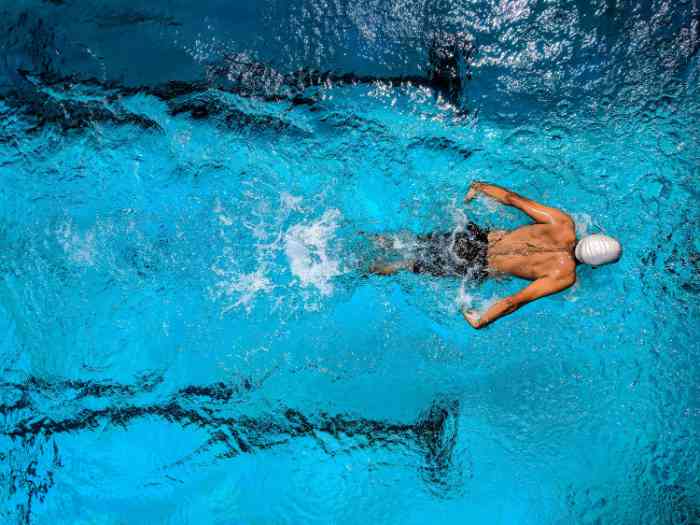The best swimmer's ear plugs: types and how to use them

Earplugs for swimmers provide a convenient and swift method to safeguard against water entering the ears. Ensuring that the earplugs fit properly is crucial. In cases where the recipient of the earplugs is a young child or an infant, it's essential to check the fit and size of the earplugs regularly, as they will need to be replaced periodically as the child grows.
Types of ear plugs for swimming
Many swimmers worry about the comfort and security of their ear plugs while swimming.
Fortunately, there is a wide range of high-quality professional swimming ear plugs available to address these concerns.
These ear plugs come in various shapes and sizes and can also be custom-made.
Custom-made ear plugs for swimming
Custom-made ear plugs are tailored to fit an individual's ears precisely. To create these ear plugs, an impression of the ear is taken, resulting in a better fit and increased comfort.
They can be ordered from hearing care providers like Amplifon, who arrange the ear impression through qualified audiologists or audiometrists.
Custom-made ear plugs are typically made from soft acrylic or silicon.
Non-customised ear plugs for swimming
Non-customised ear plugs are available in different sizes but are not personalized to individual ear shapes.
They can be purchased from chemists, supermarkets and over the Internet.
These types of ear plugs can either be disposable or reusable.
It is important to avoid foam ear plugs as they are not designed for water protection.
Non-customised ear plugs are usually made from flexible materials like silicon or wax/putty, with some types designed to adapt to the shape of the ear canal.
Why use ear plugs for swimming?
Swimming earplugs aid in preventing ear infections, such as swimmer's ear, and safeguard the ear from additional harm in instances of an active infection, a perforated eardrum, or other medical predicaments like the presence of grommets or ventilation tubes.


Do olympic swimmers wear ear plugs?
Olympic swimmers generally do not wear earplugs while swimming. The ear canal is naturally designed to handle water exposure, and many swimmers find it unnecessary to use earplugs for competitive events. However, some swimmers, including those who compete in triathlons or have specific ear conditions, might choose to wear earplugs to prevent issues like cold water affecting their balance or to avoid swimmer's ear.
How to choose the proper swimmer's ear plugs


Consider a few factors when selecting an ear plug type:
- The purpose of the ear plug (swimming, bathing, or sports)
- Any allergies the user may have.
- If the user has an active ear infection (swimmer's ear or otitis externa), medical clearance should be obtained before using an ear plug or swimming. With medical approval, a disposable ear plug may be more suitable if the ear is discharging.
- The age of the intended user should also be taken into account.
Complementary products
Swimming headbands
Swimming ear drops
Key considerations for kids and adults with ear health issues
It is important to ensure the right fit and regular replacement of ear plugs for swimming for children and individuals with ear health concerns. Seeking medical clearance before swimming or using earplugs is advisable, particularly for those with existing ear conditions.
With you on your journey to better hearing.
It's time to finally treat your hearing loss. Sign up for a free consultation with a licensed hearing care professional today to determine if you have hearing loss. It’s the start of your journey towards better hearing.
EarPros benefits:
- it's 100% risk free.
- best partner with more than 1.000 stores



